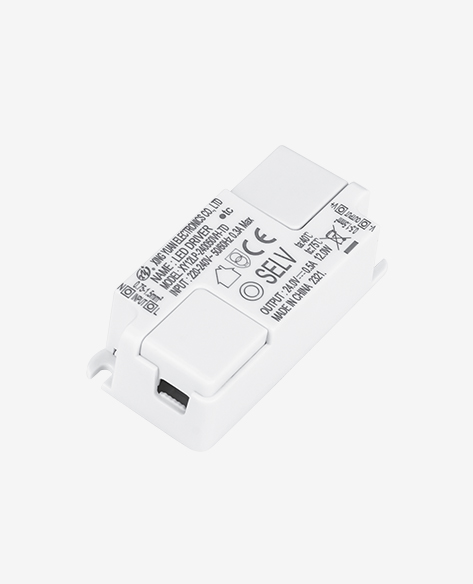When using various electronic devices in daily life, power adapters are indispensable accessories. Among them, the heat dissipation design plays a crucial role in its performance and service life.
From the perspective of working principle, when a power adapter converts alternating current into direct current suitable for device use, the internal electronic components such as transformers, capacitors, and resistors consume electrical energy and release it in the form of heat energy. If there is no good heat dissipation design, heat will accumulate inside the adapter. As the temperature keeps rising, the performance of electronic components will be affected. For instance, high temperatures can cause the electrolyte of a capacitor to evaporate, resulting in a decrease in the capacitor's capacity and affecting the stability of the circuit. The resistance value of the resistor may also change due to high temperature, thereby altering the working state of the entire circuit, making the output voltage and current unstable, unable to provide a stable power supply for the equipment, and affecting the normal operation of the equipment.

The heat dissipation condition of a power adapter is directly related to its own service life. Continuous high-temperature environments will accelerate the aging of electronic components. Take transformers as an example. High temperatures can make the insulating materials of the windings brittle and crack, increasing the risk of short circuits. At high temperatures, the electron migration speed inside semiconductor devices increases, which will accelerate the wear of the devices and shorten their service life. Once the components age or get damaged, it will not only cause the power adapter to fail to work properly, but also may require frequent replacement, increasing the usage cost.
In addition, a power adapter with poor heat dissipation may also bring a bad user experience. When the adapter temperature is too high, the surface temperature will also rise, and users are prone to burns during the plugging and unplugging process. Moreover, in high-temperature environments, the fan inside the power adapter (if it has a fan cooling design) may wear out more rapidly due to excessive load, generate more noise, and affect the comfort of the usage environment.
To avoid the above problems, an effective heat dissipation design is particularly important. There are various common ways of heat dissipation design. Some power adapters adopt metal casings. By taking advantage of the excellent thermal conductivity of metals, the heat generated inside is quickly conducted to the surface of the casing and then dissipated through heat exchange with the air. Some will install heat sinks inside to increase the heat dissipation area and improve the heat dissipation efficiency. Some adapters are equipped with cooling fans. By forcing air flow, they accelerate heat dissipation and ensure that the internal temperature remains within a reasonable range. These heat dissipation designs work together to ensure that the power adapter maintains an appropriate temperature during operation, guaranteeing its stable operation and long-term use.